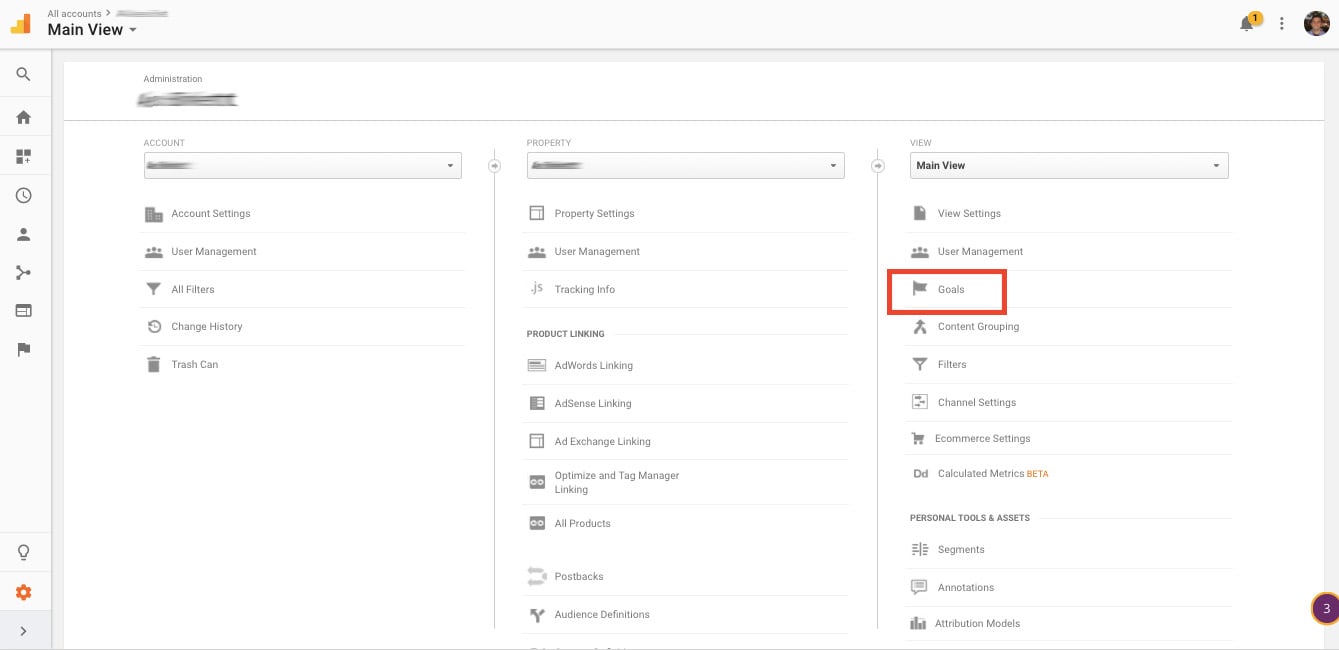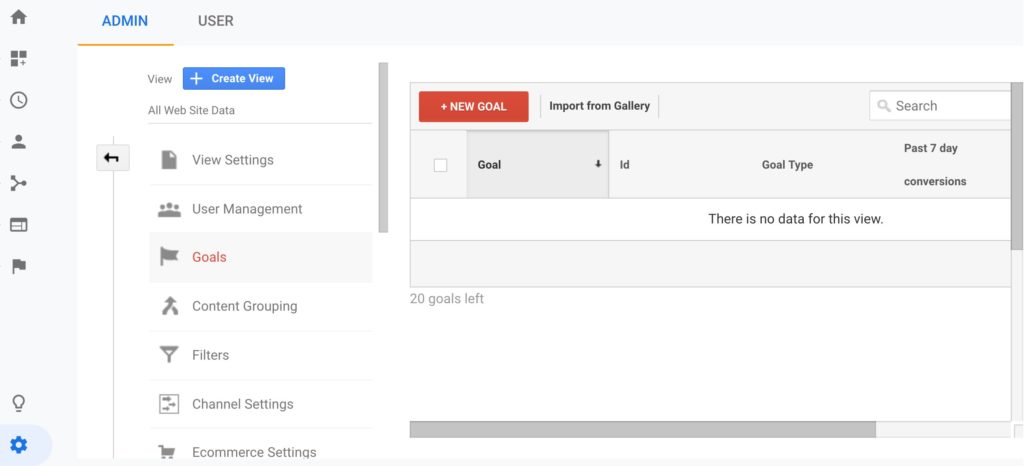What Data Is Google Analytics Goals Unable to Track: Crucial Details
What Data Is Google Analytics Goals Unable to Track: Crucial Details
Blog Article
Introducing the Blind Spots: Understanding What Google Analytics Goals Can not Gauge
In the world of electronic analytics, Google Analytics stands as an effective tool for tracking and examining on the internet customer communications. In the middle of its robust capacities, there exist blind areas that commonly avert measurement. what data is google analytics goals unable to track. Recognizing what Google Analytics goals can not determine is critical for gaining a detailed view of user habits and involvement. As we look into the intricacies of these blind spots, we uncover an intricate web of undiscovered regions that hold important insights into user actions and inspirations, challenging traditional wisdom and losing light on the constraints of our data-driven understanding.
Customer Actions on External Platforms
Comprehending just how customers interact on exterior systems is important for optimizing on-line approaches. Exterior platforms, such as social media networks, recommendation websites, and online discussion forums, play a considerable function in driving web traffic to a business's website. By examining customer behavior on these systems, businesses can get beneficial understandings right into the effectiveness of their advertising initiatives and the choices of their target market.
One key element of customer actions on outside systems is the reference resource. By tracking where the individuals are originating from, services can recognize which platforms are driving one of the most traffic to their internet site. This details can help companies assign their resources a lot more efficiently, concentrating on the systems that produce the best results.

Offline Communications and conversions
Assessing individual actions on outside platforms offers important insights right into online strategies; nonetheless, considering offline conversions and interactions is similarly critical for an extensive understanding of a firm's overall performance. Offline conversions, such as in-store acquisitions or phone queries, play a significant function in numerous organizations' success.

Attribution Beyond Last Click
When diving into the realm of digital marketing analytics, it comes to be necessary to look past the single touchpoint of the last click for a much more thorough understanding of attribution. While Google Analytics gives useful insights right into customer behavior, relying solely on last-click acknowledgment can be limiting - what data is google analytics goals unable to track. Attribution designs that surpass the last click provide an extra nuanced view of the client journey, taking into account all the touchpoints that result in a conversion
Acknowledgment beyond the last click permits marketing professionals to assign credit scores to different communications along the conversion course, giving a more clear photo of the efficiency of various advertising channels. By checking out multi-touch acknowledgment versions such as linear, time decay, or position-based attribution, companies can better allot their marketing budget plans and optimize their approaches for optimal effect.
Understanding the impact of each touchpoint in the conversion process is crucial for making notified choices and optimizing ROI. By accepting attribution past the last click, companies can obtain deeper insights into client behavior and customize their advertising and marketing efforts more effectively.
Cross-Device and Cross-Browser Tracking

Similarly, cross-browser monitoring complements cross-device monitoring by capturing user behavior as they switch between different web browsers. Recognizing how customers communicate with sites on various browsers can help marketing experts maximize their on-line experiences to make sure consistency and functionality throughout various systems.
Qualitative Information and User Intent
Understanding individual intent with qualitative information analysis is vital for establishing targeted digital advertising and marketing approaches that reverberate with the requirements and choices of the target audience. Qualitative data provides understandings right into the 'why' behind individual activities, clarifying inspirations, feelings, and preferences that measurable data alone can not record. By assessing individual responses, comments, and communications, marketing professionals can reveal useful info regarding individual intent, allowing them to customize their messaging, web content, and offerings to much better align with what their audience is looking for.
Qualitative information likewise assists in understanding the context in which individuals involve with a site or application. This contextual understanding allows online marketers to produce more relevant and personalized experiences, ultimately driving higher involvement and conversion prices. By delving right into user intent with qualitative information analysis, companies can obtain a deeper understanding of their target audience, leading to much more effective advertising approaches that fulfill users' assumptions and demands.
Verdict
To conclude, Google Analytics goals have constraints in measuring individual habits on outside systems, offline conversions, acknowledgment past last click, cross-device and cross-browser tracking, and qualitative information connected to customer intent. what data is google analytics goals unable to track. It is essential for businesses to be aware of these unseen areas in order to supplement their data analysis with various other devices and techniques to obtain an extra detailed understanding of their target market and improve their general electronic marketing approaches
By evaluating user actions on these platforms, businesses can obtain beneficial understandings into the efficiency of their advertising and marketing efforts and the preferences of their target audience.
Evaluating individual habits on external systems offers beneficial understandings into on the internet strategies; however, thinking about offline conversions and interactions is similarly essential for a detailed understanding of a firm's overall performance.In digital marketing analytics, moving beyond last-click attribution to explore cross-device and cross-browser tracking is important for obtaining a holistic understanding of individual interactions across various platforms and tools. By assessing user responses, comments, and communications, marketing professionals can discover useful info concerning user intent, permitting them to tailor their messaging, material, and offerings to better straighten with what their target market is seeking.
By diving into individual intent through qualitative information evaluation, companies can obtain a deeper understanding of their target audience, leading to much more efficient advertising methods that fulfill individuals' requirements and assumptions.
Report this page